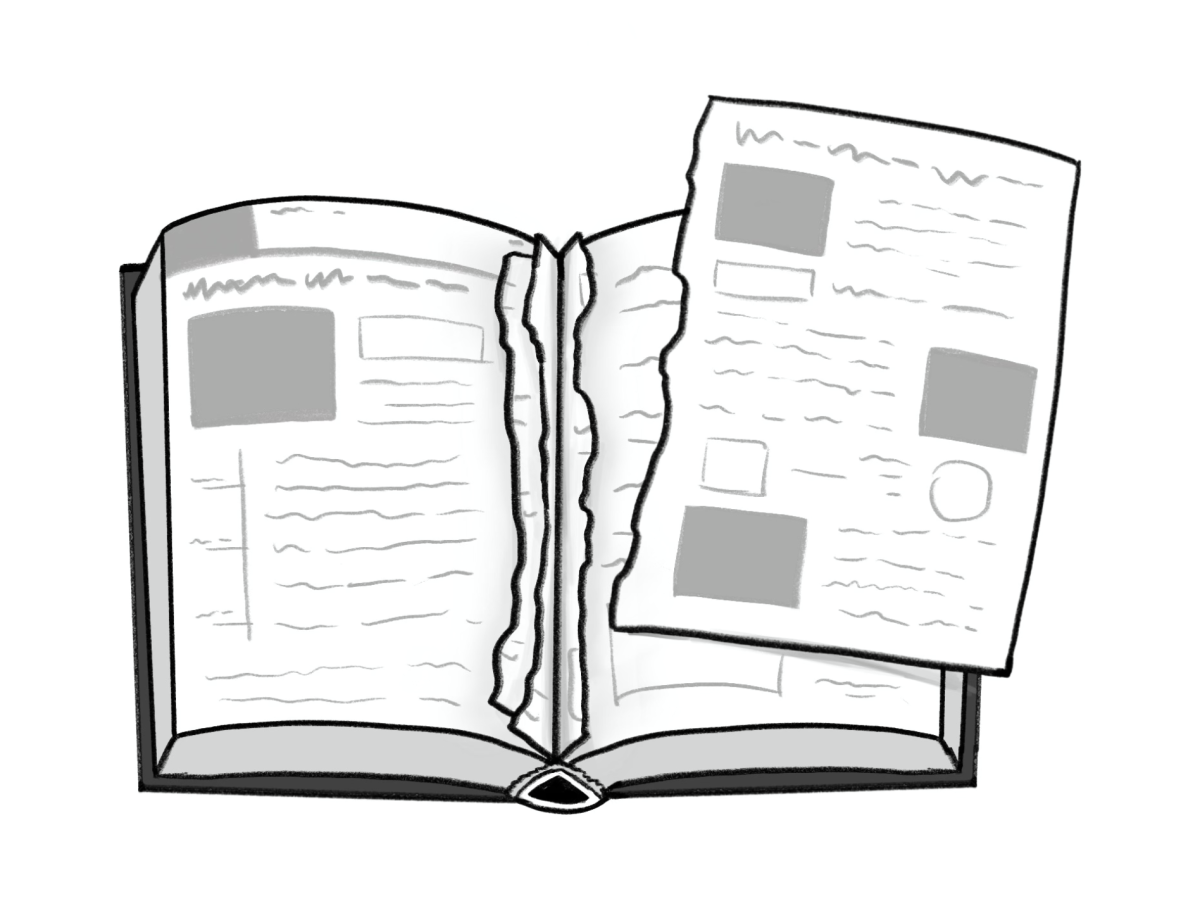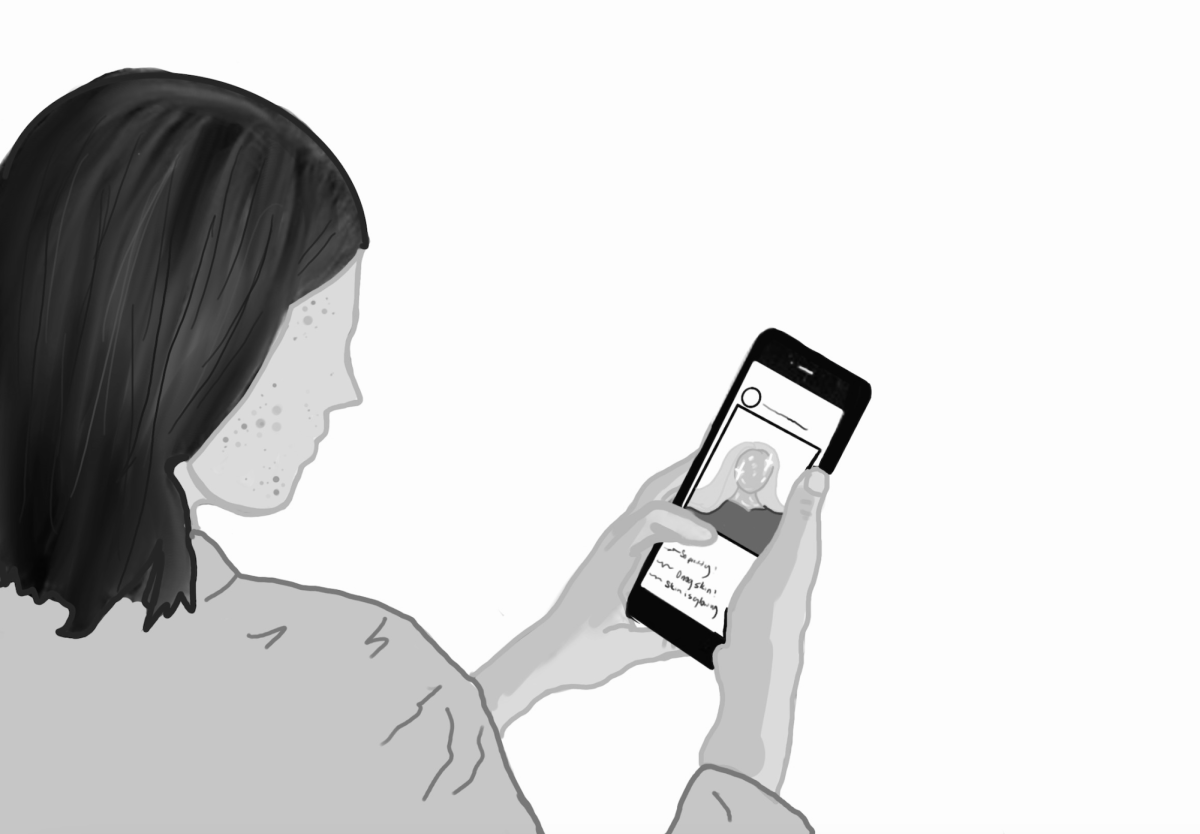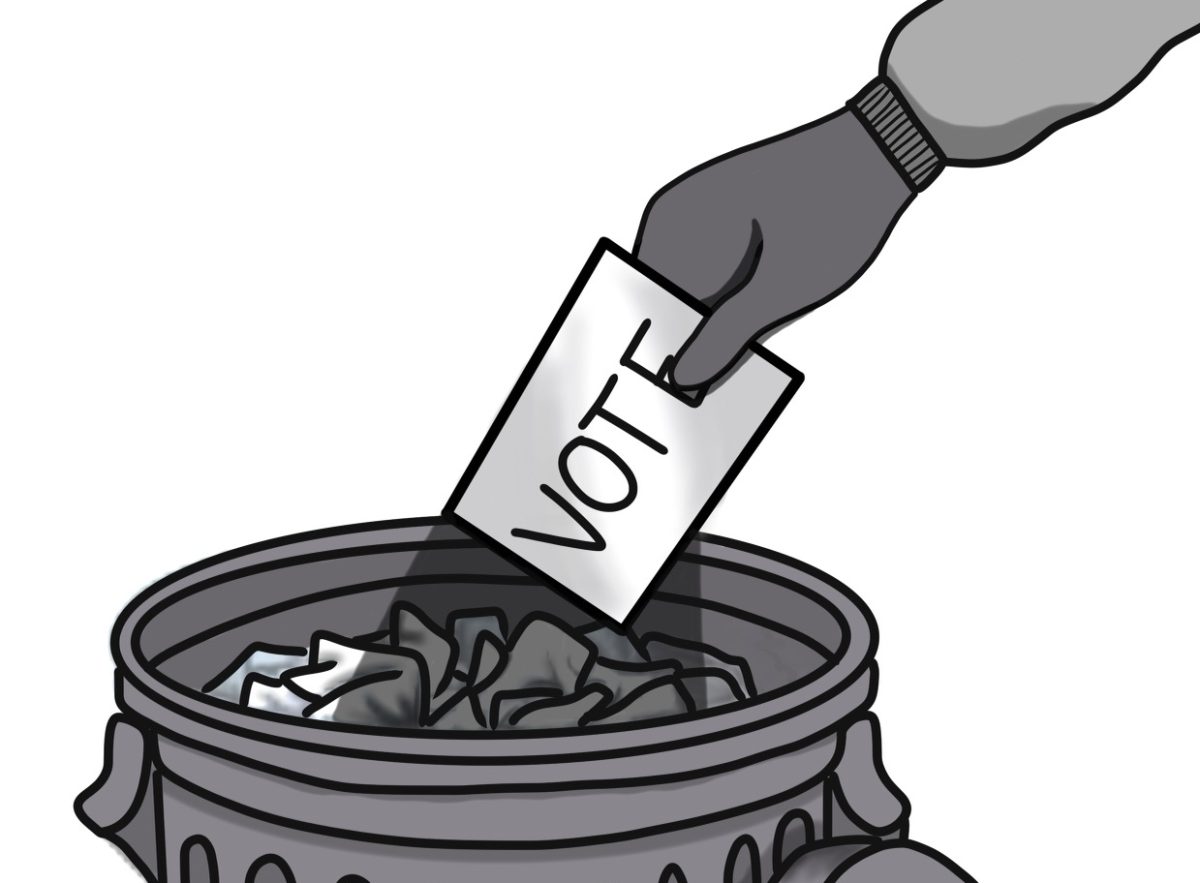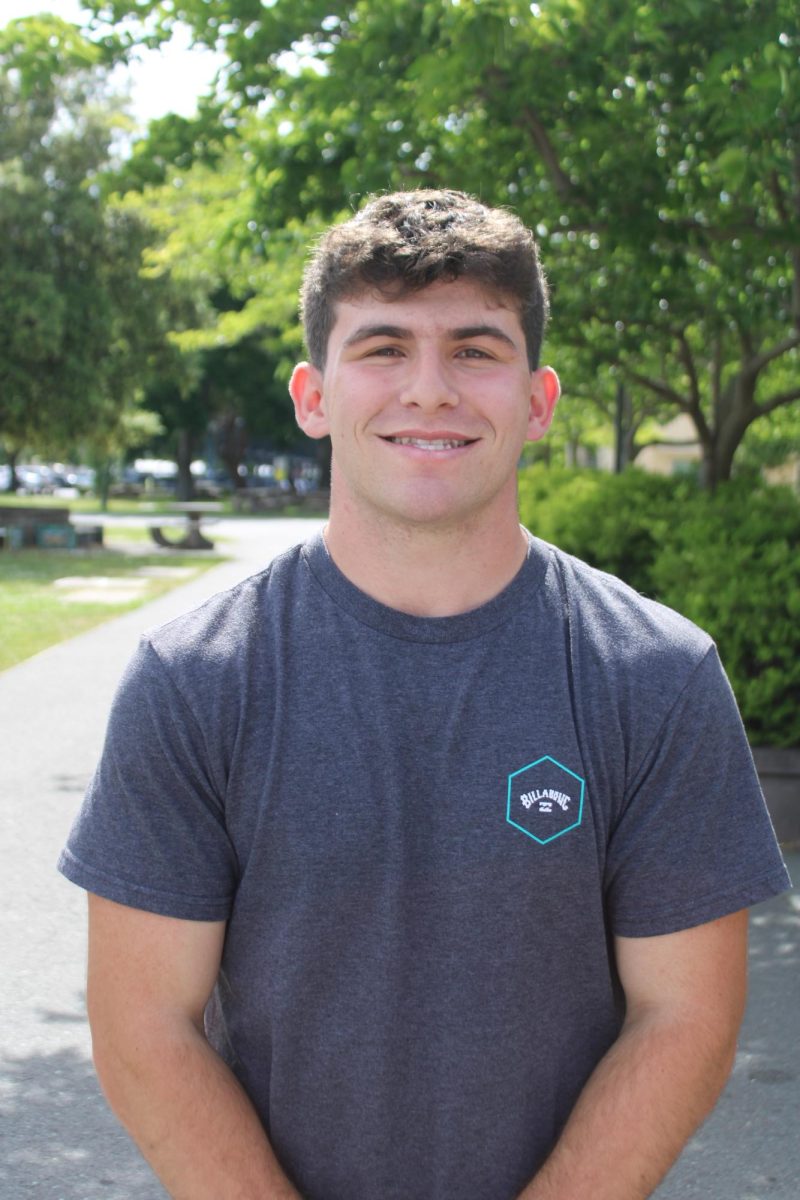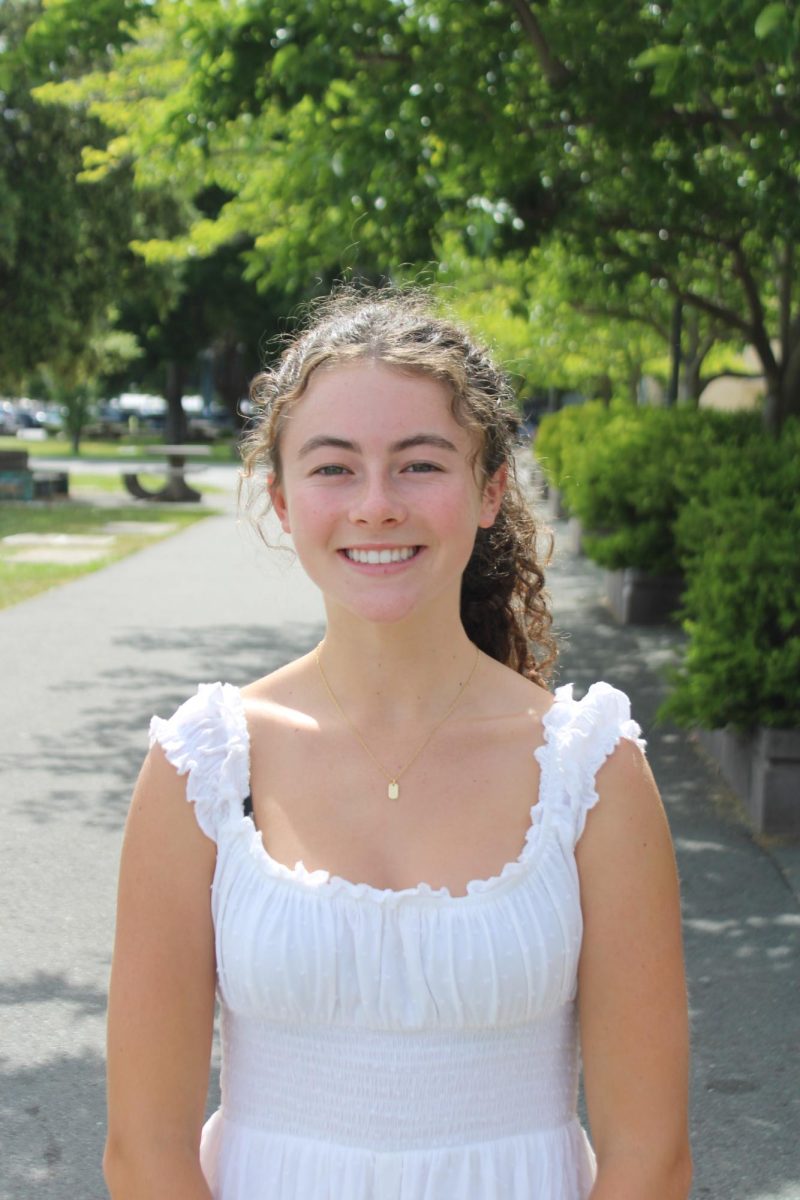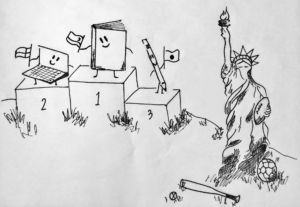
The mission statement for the Redwood High School Foundation (RHSF), which is responsible for the fundraising and distribution of funds for Redwood reads, “Our vision is to advance the quality of education at Redwood by providing the community with tools to inspire and prepare Redwood students for their world beyond high school.” The donated funds are allocated to the areas of academics, arts and athletics. However, academics receive a disportionately small percentage of funds, bringing to question if the Foundation is actually following their mission statement.
In their 2015-2016 fund disbursement pie chart, the RHSF reported that 27 percent of donations were put towards academics, while 20 percent were put towards athletics. However, these numbers are misleading. The Foundation also reported that ten percent of funds were put towards the construction of the Ghilotti Field, which is only used for athletic purposes. When added together, funds distributed to athletics (including the Ghilotti Field) received 30 percent of the total donation money, more than the amount distributed to academics.
While the sports teams are thriving on the court, Redwood teachers are struggling to receive updated supplies, textbooks and funding for activities like educational field trips. These are all materials that enhance students’ learning.
Although according to a recent March Bark survey 52 percent of students do participate in a Redwood sport, 100 percent of students participate in academics during their classes. This is a school, not a sports club.
Insufficient funding for academics is not a problem unique to Redwood. The United States spends more taxpayer dollars per high school athlete than per high school math student. Our country’s drifting focus from academics to sports is becoming painfully apparent. The United States consistently ranks low in international performance tests, which only highlights the flaws in our education system.
In a survey of 200 South Korean foreign exchange students from AFS (American Field Service), nine out of ten said that kids in America cared more about sports than those in South Korea. Similarly, a 2010 study published by the Journal of Advanced Academics found that kids in the United States spent more than twice the time South Korean students did playing sports. After seeing this information, it is not surprising that the United States ranked 31st in an international math test (run through the Trends in International Mathematics and Science Study organization) while South Korea ranked 3rd.
In the South Korean culture parents are usually very strict about academics and some may not let their children play sports, according to Commisceo Global, but it is still obvious that their schools are more successful in teaching students the information necessary to perform well on the international tests. Athletics do have many benefits like building character, teaching kids about teamwork and showing the importance of working hard. There is no arguing that sports can’t bring a community together and teach students valuable lessons, but the newest equipment, coolest jerseys or the most expensive turf doesn’t undermine those lessons nor does it affect the success of the teams.
Spending one million dollars ($500,000 from the district and $500,000 from the Foundation) to build the Ghilotti Field does not increase the success of the soccer and lacrosse teams. If there was a problem with the former field, small but effective maintenance work could have been done to improve it. Using that one million dollars to improve academic classes would have greatly benefitted all of our students, not just the athletes.
Of course, the Foundation should still grant money to athletics to cover the basic costs of the teams, but any additional support desired by the teams should be raised independently. If the Foundation were to grant even a fraction of the money spent on sports to academic clubs such as Debate, Mock Trial or Model UN it would give them the chance to participate in opportunities such as conferences and events that they wouldn’t have otherwise been able to.
Moreover, if granted more money from the Foundation, teachers could have the resources to improve their teaching methods and develop new ones. Class sizes could become smaller by hiring more teachers, creating more of a one-on-one environment for the students. Teachers would also have better access to technology and a larger variety of classes could be offered at Redwood. More languages could be taught, new books could be purchased and more after-school tutoring could be available for struggling students. The school could also invest in hiring more teaching faculty so teachers aren’t so overwhelmed with their heavy teaching schedule. Extra academic funding would improve and enhance the learning of all students at Redwood, no matter what after school activity they choose to participate in.
The Redwood Foundation needs to re-evaluate what they believe to be most important for our school. The funding that the various departments receive should reflect what the purpose of a school is: to educate and prepare students for life beyond high school. They need to be reminded that a school is a place for learning, not basketball or soccer. More money should be put towards academics, not athletics.







